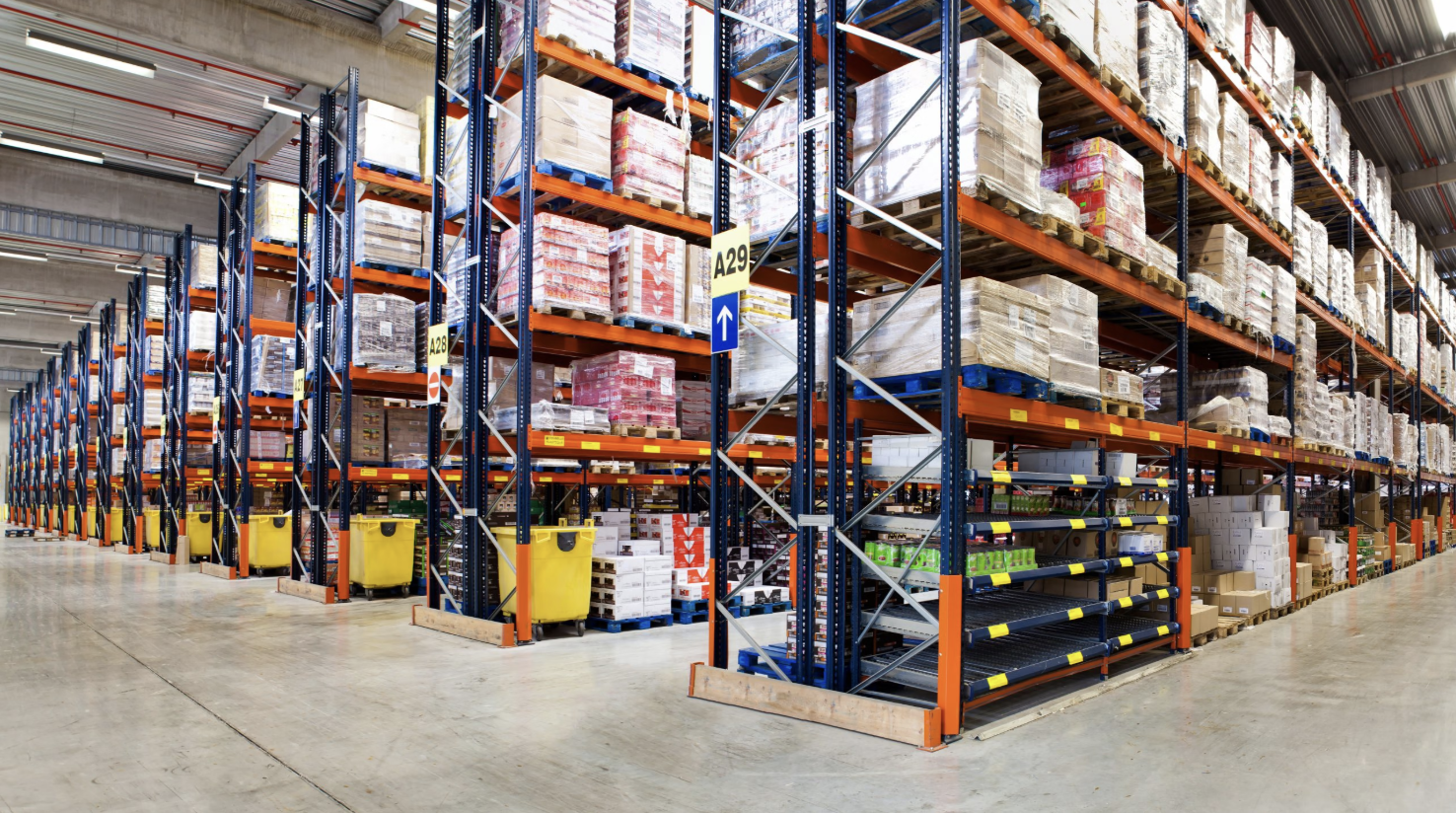
Retail Holiday Success: Three Key Pillars for a Resilient Season
The holiday season is quickly approaching, and while most retailers have already secured much of their seasonal inventory, having stock on hand isn’t the same as being fully prepared. Tariff changes, evolving consumer behavior, and rising logistics costs are reshaping supply chains week by week—making agility more critical than ever.
1. Diversified Sourcing Strategies: Building Flexibility into the First Mile
Retailers that diversify their sourcing strategies are better positioned to absorb disruptions and meet demand. Those overly reliant on single-source imports—especially in the specialty or seasonal categories—are at the greatest risk of supply chain breakdowns.
This year, the trade environment has added complexity:
- Over 700 new product categories have been added to steel and aluminum tariffs
- Furniture is under review for new duties
To mitigate these risks, forward-thinking retailers are spreading sourcing across multiple regions. They're leveraging flexible storage agreements, shared warehousing, and even duty-deferral options like Foreign Trade Zones (FTZs) or USMCA trade benefits to reduce cost exposure and increase agility.
By taking a layered approach to sourcing, retailers can create a buffer against disruptions—ensuring holiday inventory plans stay intact even if trade conditions change.
To support these strategies, Inland Transport, Inc. offers tools like our U.S. Tariff Impact Analysis and ACE Import Intelligence, which help identify cost vulnerabilities, streamline customs compliance, and convert complex trade rules into actionable plans.
2. Strong Forecasting: Using Real-Time Data to Drive Smart Decisions
Predicting holiday demand is more challenging than ever. While overall consumer spending remains relatively stable, purchasing behaviors are shifting. Lower-income households are pulling back, and many middle-income consumers are trading down. A spike in early-season buying suggests that demand could taper off closer to the holidays.
In this climate, retailers must use real-time data and predictive analytics to stay ahead. By integrating POS data, promotional calendars, and broader economic indicators into rolling forecasts, businesses can right-size inventory and adjust order timing. Close collaboration with suppliers allows for quick changes to production or shipment plans based on real-world signals.
Many retailers are also implementing AI-powered tools to spot demand patterns faster than traditional forecasting methods. Paired with sourcing and customs intelligence, these tools allow for rapid response.
Inland Transport, Inc.’s U.S. Customs Analytics and Sourcing Analysis platforms provide real-time visibility into product flows, benchmark sourcing strategies, and help teams simulate alternative supply scenarios. These insights enable smarter purchasing decisions and build contingency plans on the fly.
When combined with agile distribution practices—like reallocating stock across regions as sell-through patterns shift—these forecasting strategies protect both margins and customer experience.
3. Omni-Channel Distribution Networks: Delivering Where and When It Counts
Even with the right products in stock, fast and flexible fulfillment is what ultimately drives holiday success. Retailers that have invested in omni-channel distribution networks—and the visibility tools that support them—are best equipped to meet consumers across every shopping channel.
By positioning inventory closer to end consumers through regional distribution centers, retailers can shorten delivery times and secure transportation capacity before the holiday crunch. Many are using flexible warehouse contracts to scale up or down quickly, while working closely with logistics partners to avoid bottlenecks.
A key enabler of this model is item-level visibility. With centralized purchase-order tracking and SKU-level insight, retailers can:
- Avoid over-ordering where it’s not needed
- Reallocate inventory to high-demand regions
- Trigger replenishment only when and where it’s required
These capabilities also support smarter in-network movement—such as shuttle services between DCs or milk runs servicing multiple retail locations in a single route—reducing costs while maintaining service levels.
When these strategies are integrated across brick-and-mortar stores, e-commerce platforms, and third-party fulfillment providers, retailers gain the agility to shift inventory in real time—so customers get what they want, where and when they want it.
The Bottom Line
Early inventory planning has given retailers a solid foundation heading into the 2025 holiday season. But in today’s unpredictable environment, resilience will separate the leaders from the rest.
Retailers who:
- Diversify sourcing to reduce tariff and trade risk
- Use predictive analytics to align stock with demand
- Build flexible, omni-channel distribution networks
…will be best positioned to succeed—not only this season, but well into the new year.
Inland Transport, Inc. is here to help build that resilience. Our integrated logistics solutions, trade analytics, and supply chain expertise give retailers the tools to navigate change confidently—and deliver a holiday season that performs.




.avif)